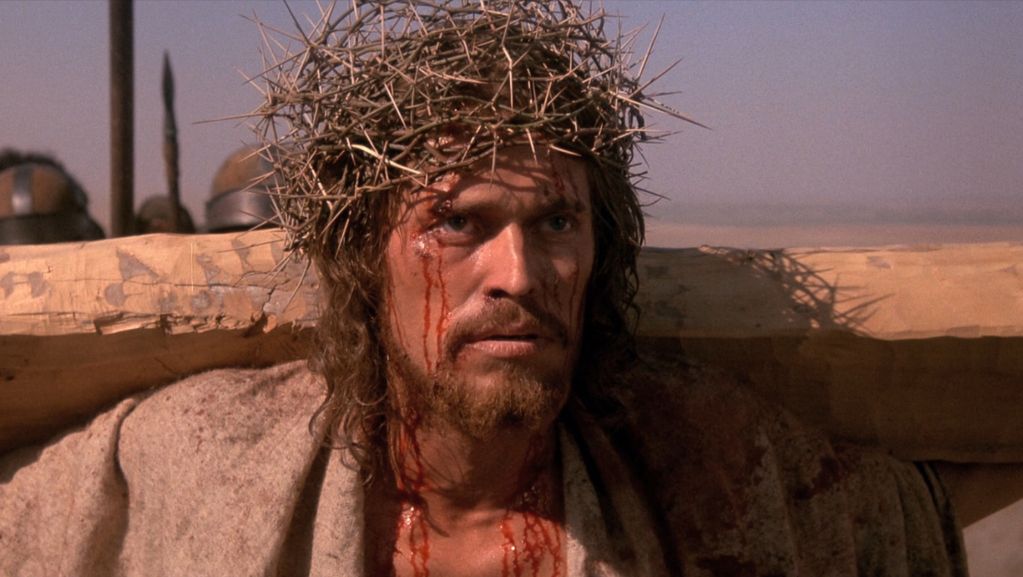
If you want to make an extremely controversial film, there are a number of easy things filmmakers can do – insult religious groups, have over-the-top explicitly sexual scenes that are compared to the likes of pornography, offend governments, glorify extreme violence, or just freak the hell out of the public, among a number of other things.
Now, there have been plenty of films that have done this throughout history and a lot of the time they offer the audience little in return aside from some mildly stomach-churning thrills. But then there are also a number of amazing films that utilize such conventions for a purpose, or aside from their controversial nature, upon closer inspection, are actually really good films, even masterpieces.
Warning! This article does contain spoilers!… and plenty of details that may scare off the faint-hearted.
1. Xala, 1975
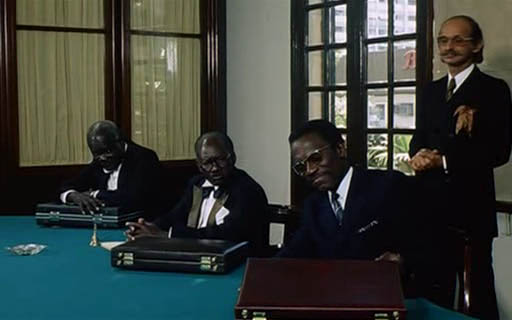
Xala is a brilliant Senegalese film based on a novel of the same name and directed by Ousmame Sembène. It tells the story of a businessman, El Hadji, who suffers from erectile dysfunction on the eve of marrying his third wife and is set after the departure of the French colonialists. The title of the film, Xala, pronounced Hala, essentially means impotence.
The film is an excellent critique of the corruption of post-colonial Africa, essentially suggesting that the new leaders of the new free African continent are no better than their previous colonial rulers; they’re greedy and care little for the people they represent. It is even said that El Hadji’s erectile dysfunction represents this – his greed in taking another wife…
The film is also well-known for its final scene in which a crushed El Hadji returns home after losing everything. At home he finds that his home has been overrun with by ‘undesirables’ and it is revealed that he has been cursed by a homeless man whose life he ruin many years before and what ensues is… fairly disgusting. He is forced to get undressed, stand on a stool and the group of undesirables proceeds to spit at him while his family watches. Supposedly it is the only way the curse can be lifted.
There are a number of other themes taking place in the background as well. Most interestingly a number of top-ranking French officials who used to rule the country at the very beginning never leave. They pop up in the background constantly in new roles suggesting the French still hold some influence and the new African leaders are complicit. Another interesting theme how the poor and homeless are sidelined throughout the film until the very end as well. Naturally, the film was hated by new African leaders across the continent for its sharp criticism.
2. Pink Flamingos, 1972
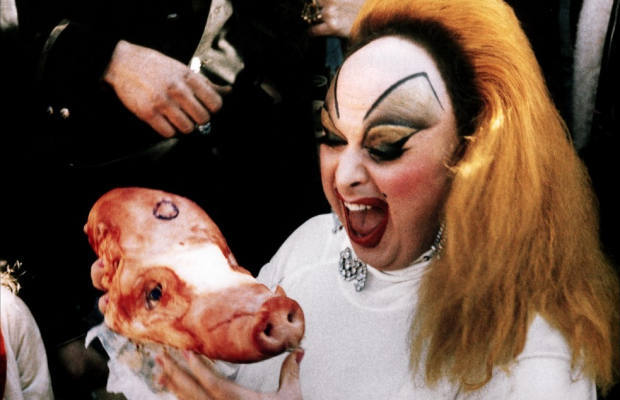
If you haven’t seen Pink Flamingos yet, the least you can do is read the plot, it’s brilliantly ‘distasteful’ and that’s the point. Directed by John Waters, Pink Flamingos fits in well with its tagline – “An exercise in poor taste” – in more ways than you can imagine, and if you can stomach it, it’s absolutely hilarious in its absurdity.
The film follows the story of Babs Johnson, an overweight transvestite who has been named ‘the filthiest person alive’ by a local newspaper. When her jealous rivals here of this, they attempt to sabotage her and take the title for themselves.
What kind of themes can you expect in this film you might ask? Well… there’s bestiality, incestuous oral sex, murder and cannibalism, baby selling, plenty of weird sex and full frontal nudity, voyeurism, potentially some animal cruelty (aside from the bestiality!), abuse of the mentally ill, lots of flashing including from a transexual, coprophagia (the act of eating faeces), and a singing anus, just to name a few!
The film was banned in a number of countries including Australia, Switzerland, parts of Norway and Canada, mainly on the basis of some of the unsimulated sexual scenes. However, since then, Pink Flamingos has gained praise from many within the LGBT community and has even been named one of the most important queer films ever made. It has also been highlighted as a significant influence of punk culture and is acknowledged as the film that made John Waters internationally famous.
3. In the Realm of the Senses, 1976

In the Realm of the Senses is probably one of the best ever films made about obsession and the dangerous places it can lead people to. It essentially tells the supposedly true story of a gangster, Kichizo, who owns an inn in 1930s Japan and starts an affair with one of his maids, Sada, who is a former prostitute.
The film was intended to be a worldwide mainstream success, however, due to its extremely explicit sexual scenes, which included numerous close-ups, it was banned in a number of countries. In some cases it was released, but only after certain parts of it were edited often by zooming into other details to cut out what could not be shown.
The couple is experimental in their relationship and some sexual scenes included auto-asphyxiation, sexual touching during the menstrual cycle, and S&M. Two scenes are particularly memorable in the film.
The first being when Kichizo inserts an egg into Sada’s vagina, and then takes it out and then eats it – which lead the film to be banned in the US. The second being the climax, where out of jealousy, Sada kills Kichizo by strangling him during sex and then cuts off his penis and then decides to insert it in her vagina, which apparently she keeps inside her for several days at a time.
But what makes this film so good? That’s down to how it explores sexual obsession, and to be honest, without all those graphic sexual scenes, would it be able to properly explore the idea? Probably not.
Jason Best, from Movie Talk, when writing in 2011 said of the film that “watching the couple’s constant lovemaking is the very opposite of erotic. Which may very well be the point.” It numbs you down, but yet the couple keeps at it because they just can’t stop themselves, even to the point of trying to continue after death. Other critics have attempted to link the film to the period to which it is set – 1930s Japan – and the approaching war.
4. The Last Temptation of Christ, 1988
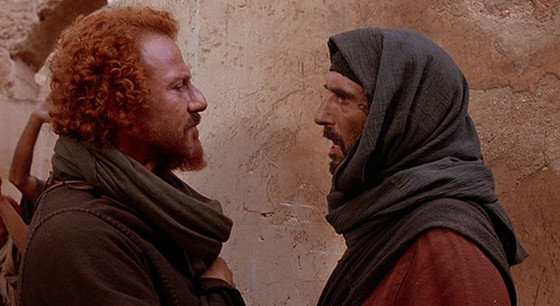
Directed by Martin Scorsese, it is probably his most controversial film. There are so many things about this film that pissed people off, it’s actually quite impressive. It’s hard to know where to begin with it, but generally speaking, any film that depicts Jesus Christ in a way that Christians don’t agree with or contradicts the bible is going enrage a lot of people.
Let’s work chronologically. First off, if you intend to piss people off, it’s always a good idea to base your film on a book which already has, this way you already have plenty of people who will hate you. Secondly, make sure that story is revisionist and will 100% challenge a major faith, such as Christianity. Thirdly, take your religious figure, in this case, Jesus, and portray him as torn between his desires and his destiny, which offends those that believe he was always pure and never questioned his existence. And then the rest just seems to fall into place.
Other notably controversial points include Jesus making crosses for the Romans to crucify other Jews, kissing men on the lips, ripping his heart out of his chest, and Jesus having explicit sex to the point of being called pornographic.
Most of the controversy focuses on Jesus’s vision where he lives a normal life after being brought down from the cross by an angel and marrying Mary Magdalene. As an old man, after living a good life, Jesus is accompanied by a number of his friends and disciples and it is revealed to him that the little girl who took him down from the cross was not an angel but was Satan. He realizes he needed to die on the cross to save mankind. At that point, he returns back to the cross to die and realizes he has beaten satan’s last temptation.
Despite all the controversy, looking at the film as its own story, unrelated to Christianity if necessary, it is very well made and tells a great story, with an excellent payoff at the end. Despite being challenging for Christians to watch, the climax of the film doesn’t change what happens to Jesus and he is still crucified to save the world. Sadly though, the film was so controversial it was a box office bomb.
5. Freaks, 1932
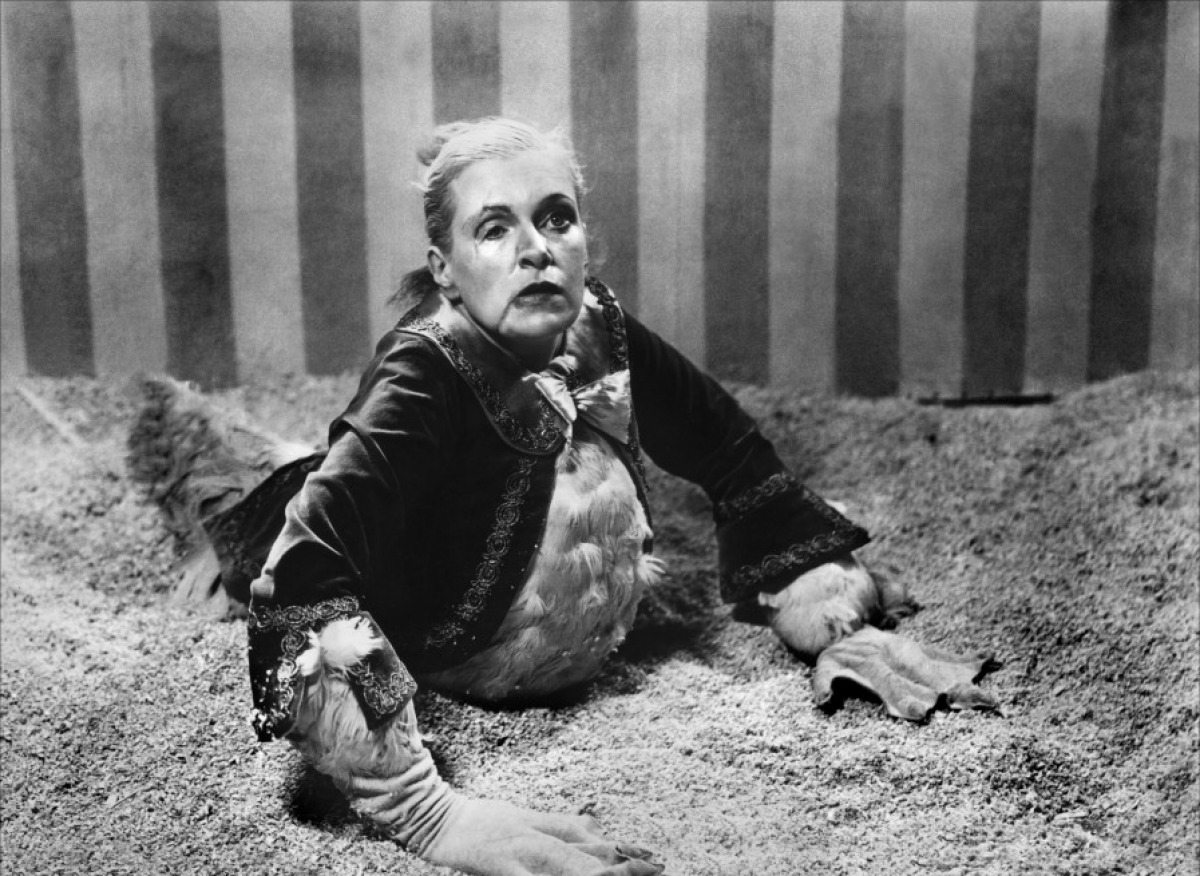
There are many films that don’t age well, some for because of special effects and some because of social change. But Freaks is a freak occurrence, its a film that only seems to have gotten better with age – or, at least, audiences have matured enough to appreciate it.
The primary reason it was so controversial was its portrayal of so-called freaks who had real deformities and were real circus performers, instead of actors using special effects to pretend they were deformed. Many believed that the film was exploiting them. It was seen as so controversial at the time that its original running time of 90 minutes was reduced to 64 minutes after extensive editing. In the end, it recorded a record loss and director Tod Browning struggled to find work afterwards.
Aside from the fact people felt the actors were being exploited, there is also the topic of mutilation. At the end of the film, the ‘freaks’ get their revenge on Cleopatra and Hercules, the two antagonists who attempt to steal money from Hans, a dwarf, by having Cleopatra marry him. In the original cut of the film, Hercules is castrated, but far more disturbing is how Cleopatra is mutilated to look like a duck. Her legs are cut off, she is permanently tarred and feathered, and her hands melted to look like a duck’s webbed feet.
At the time people perhaps didn’t get how powerful it is to put someone in a film with deformities, not as an object to gawk at, but as a real person who has feelings and dreams. The film is not exploiting them, it’s giving them a voice and allowing audiences to empathize with them.